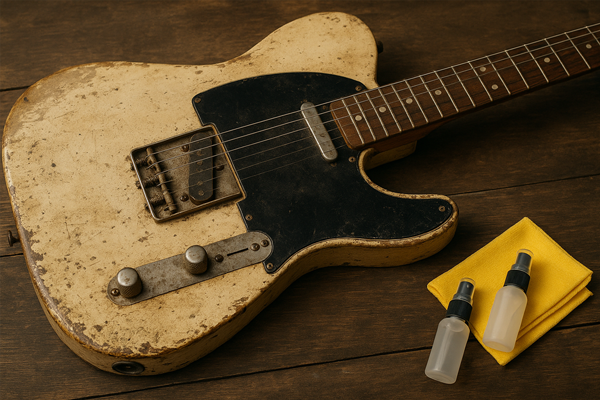Seventh Heaven Essential 7th Chord Foundation
Seventh chords represent your first step into extended harmony, adding sophisticated color and movement to progressions that would sound ordinary with just major and minor triads. By adding the seventh interval to basic triads, these chords create harmonic richness that appears in every musical style from blues and jazz to rock and country. This collection focuses on the most practical seventh chord forms, emphasizing dominant 7th chords that create forward motion in progressions, plus two essential non-dominant sevenths that every guitarist should know. The magic of seventh chords lies in their ability to create tension and resolution—they naturally want to move somewhere, making them perfect for creating sophisticated chord progressions that hold listener interest. These eight shapes will transform your rhythm playing from basic to professional while teaching you how chord extensions function in real musical contexts.
Need a tuning that's not listed in our library? Premium members can request custom tunings.
